A Compilation of Survival of the Fittest

Earth never fails to surprise us with its ability to nurture life in places that seem utterly inhospitable. From the icy depths of Antarctica to the boiling springs of Yellowstone, some species have evolved remarkable ways to survive-and even thrive-where most life would perish. Let’s explore forty of the most astonishing survivors, each with a story that shows just how inventive and resilient nature can be.
1. Tardigrades

When it comes to thriving in extremes, tardigrades, or water bears, are in a league of their own. They live in diverse regions of Earth’s biosphere like mountaintops, the deep sea, tropical rainforests, and the Antarctic. These microscopic animals can withstand boiling, freezing, radiation, and even the vacuum of space by going into a cryptobiotic state, essentially suspending their metabolism until conditions improve. It’s like nature’s pause button, and it’s why they’re often called the toughest animals on Earth.
Source: sangerinstitute.blog
2. Antarctic Icefish

Discovered in 1920s in the Southern Ocean, which surrounds Antarctica. The Antarctic icefish swims in waters cold enough to freeze most creatures solid, but it’s got a unique trick-its blood lacks hemoglobin, making it clear. This adaptation helps it survive in oxygen-rich but freezing environments, and antifreeze proteins in its body keep its blood from turning to slush.
Source: scienceandthesea.org
3. Pompeii Worms

Living on hydrothermal vents where temperatures can soar above 80°C (176°F), Pompeii worms are among the most heat-tolerant animals known. They form symbiotic relationships with bacteria that insulate them from the heat, turning volcanic vents into cozy homes.
Source: serc.carleton.edu
4. Deinococcus radiodurans

Nicknamed “Conan the Bacterium,” Deinococcus radiodurans can survive doses of radiation thousands of times higher than what would kill a human. Its DNA repair mechanisms are so efficient that scientists study it for clues about life’s resilience-and even how to clean up radioactive waste.
Source: news.northwestern.edu
5. Sahara Silver Ants
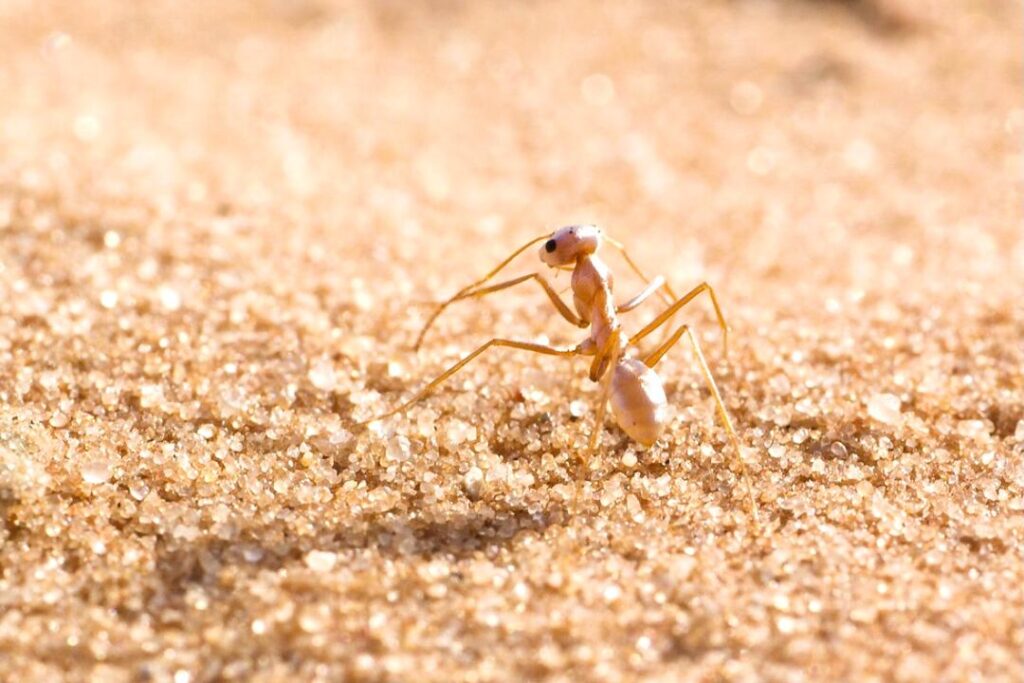
Sahara silver ants (Cataglyphis bombycina) are the fastest ants on Earth, reaching speeds of up to 3.4 kilometers per hour (2.1 mph). They dash across scorching desert sand at midday when predators retreat, relying on reflective hairs to keep their bodies cool as they scavenge for food in temperatures up to 53°C (127°F). Their remarkable speed and heat-resistant adaptations enable them to thrive in one of the harshest environments on the planet
Source: nationalgeographic.com
6. Yeti Crab
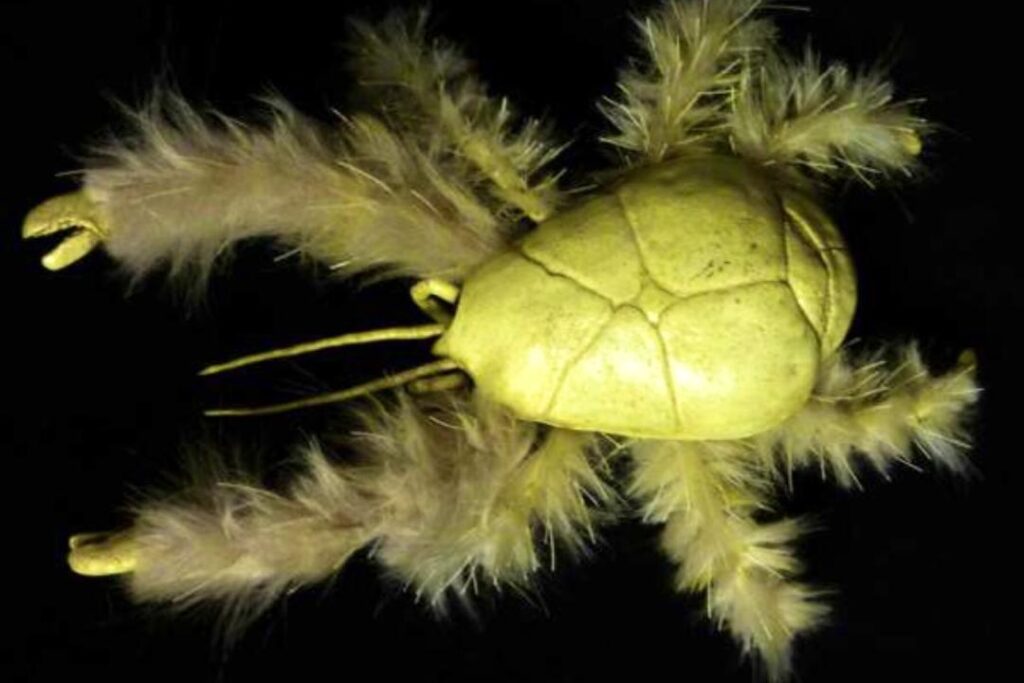
Kiwa hirsuta, the yeti crab, has hairy pincers that host bacteria, which it “farms” for food in a unique symbiotic relationship. Found near hydrothermal vents, these crabs thrive in deep-sea environments where toxic chemicals and crushing pressures would be fatal to most life, showcasing an extraordinary adaptation in one of Earth’s most inhospitable ecosystems
Source: oceancoservacy.org
7. Wood Frog
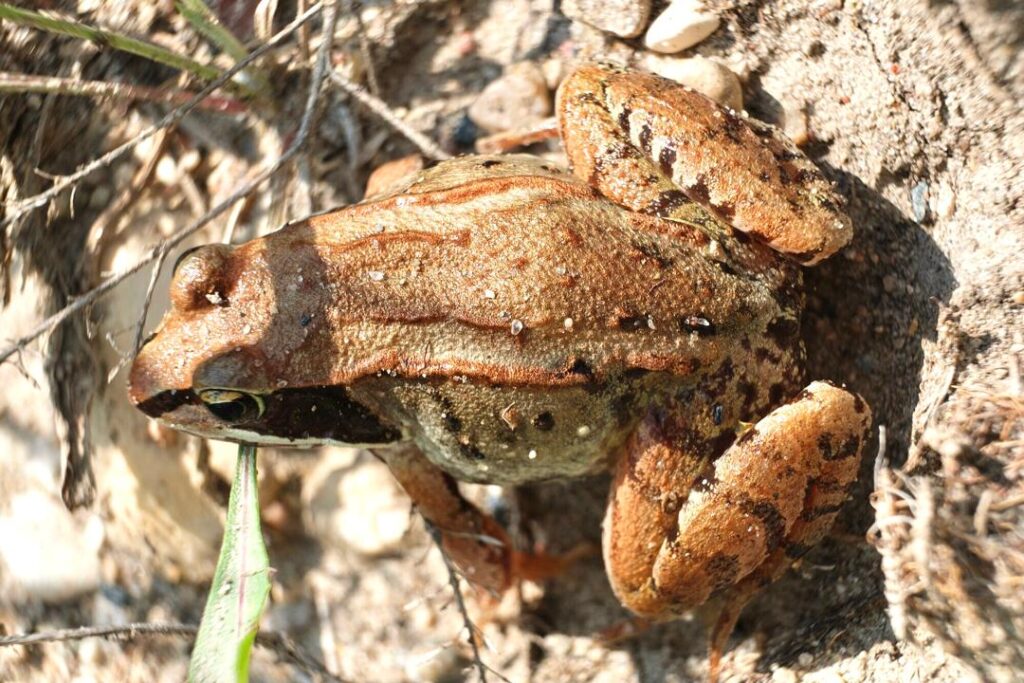
The wood frog’s winter survival strategy is remarkable. As temperatures drop, its body produces special proteins and glucose that act as natural antifreeze, preventing ice crystals from damaging its cells. Up to 65% of its body fluids can freeze, and its heart, breathing, and circulation come to a halt. When spring arrives, the frog thaws out and resumes its normal activities as if nothing happened.
Source: icbp.org
8. Devil Worm

Halicephalobus mephisto, the devil worm, thrives in extreme subsurface environments, surviving on minimal oxygen and tolerating high temperatures and pressures. Found over 3.6 kilometers (2.2 miles) beneath the Earth’s surface in South African gold mines, this nematode worm has adapted to one of the most inhospitable ecosystems on the planet, making it the deepest-living multicellular organism known.
Source: britannica.com
9. Thermus aquaticus
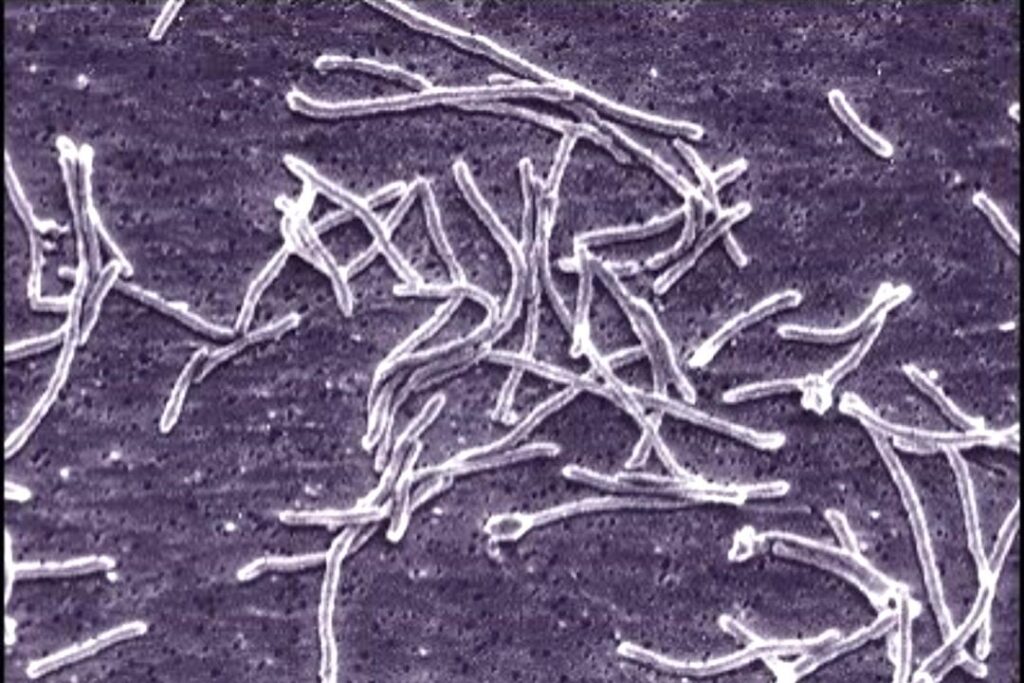
Discovered in 1969, at a time when biologists assumed that no living thing could survive at temperatures over 55 C, Thermus aquaticus thrives in the boiling waters of Yellowstone’s hot springs. Its heat-resistant enzymes revolutionized DNA research, making PCR (polymerase chain reaction) possible-a cornerstone of modern genetics and allows for the rapid amplification of DNA sequences, making it essential for genetic research, diagnostics, and more.
Source: milnepubishing.geneseo.edu
10. Emperor Penguin

Emperor penguins breed in one of the harshest environments on Earth, enduring temperatures as low as -60°C (-76°F) and winds up to 100 km/h (62 mph). They huddle together in large colonies, taking turns moving to the warmer center. Their thick plumage and blubber help insulate them, while their social behavior and adaptations enable them to raise their young in the Antarctic winter.
Source: ohmyfacts.com
11. Camel

Camels are built for the desert, with humps that store fat (not water), long eyelashes to keep out sand, and the ability to go days without drinking. They’re the original all-terrain vehicle of the animal kingdom. Their wide, padded feet help them move on hot sand and rocky terrain, while their nostrils can seal shut during sandstorms. Camels can also withstand extreme temperatures and conserve water by producing very dry dung and concentrated urine. With their impressive adaptations, it’s no wonder these desert dwellers have been trusted companions for centuries
12. Alkaliphilic Bacteria
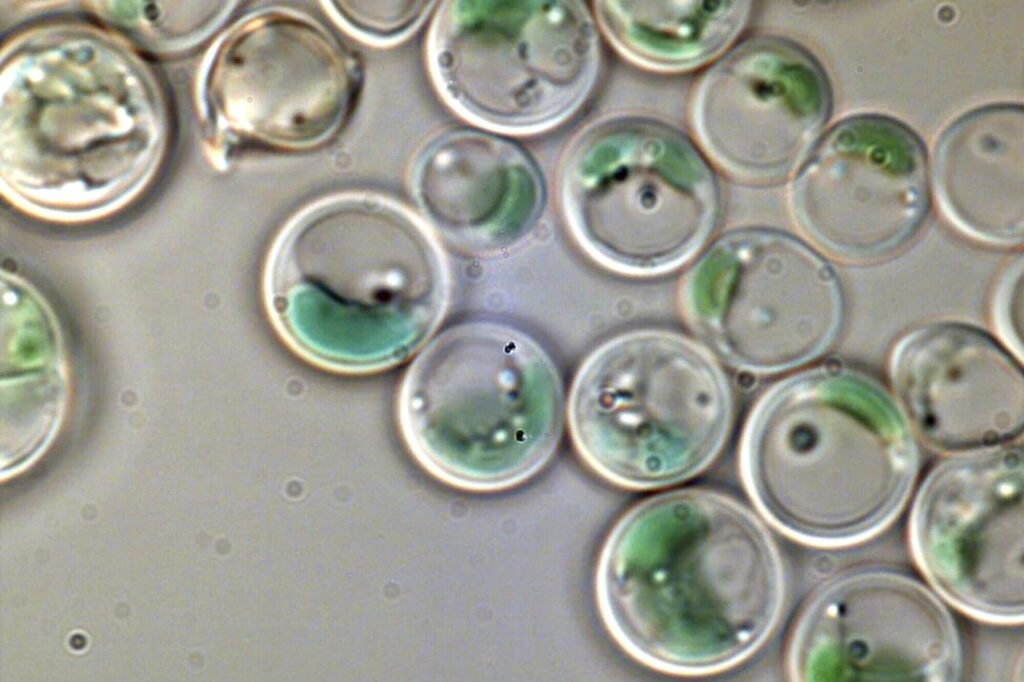
These bacteria thrive in environments with pH levels as high as 12, such as soda lakes. They’ve also evolved cell membranes and enzymes that remain stable and functional in conditions that would dissolve most life.
13. Saltwater Crocodile
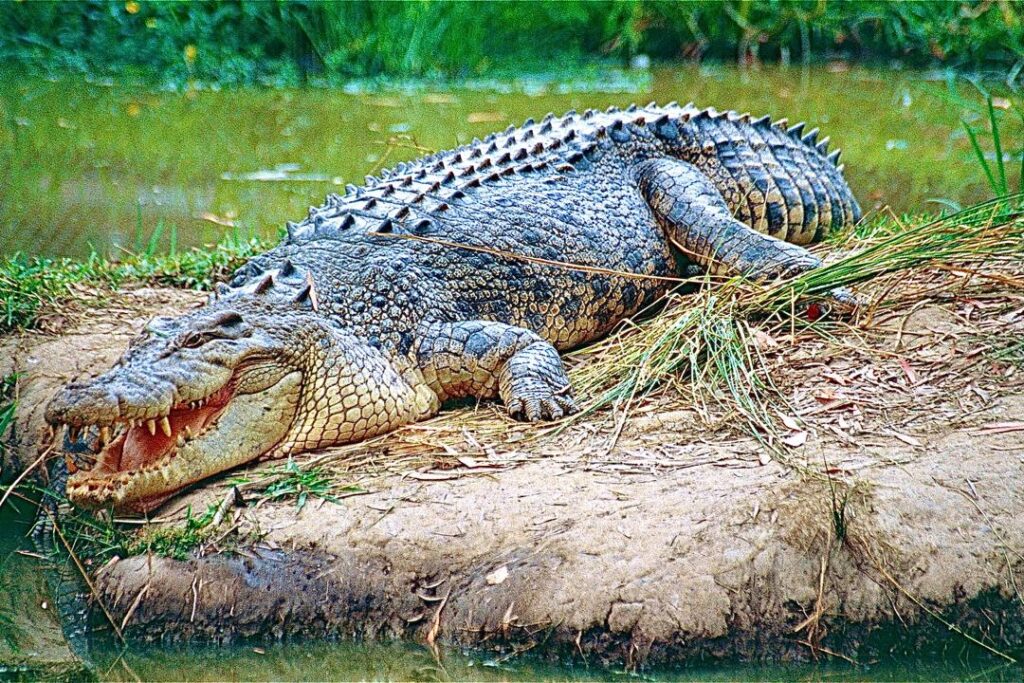
Saltwater crocodiles have salt-excreting glands on their tongue, allowing them to eliminate excess salt and thrive in coastal regions, estuaries, and even marine environments. This adaptation enables them to inhabit a wide range of habitats, from freshwater rivers and mangrove swamps to marine coasts. As the largest reptiles on Earth, saltwater crocodiles are formidable predators with a remarkable ability to survive in diverse aquatic environments
14. Brine Shrimp
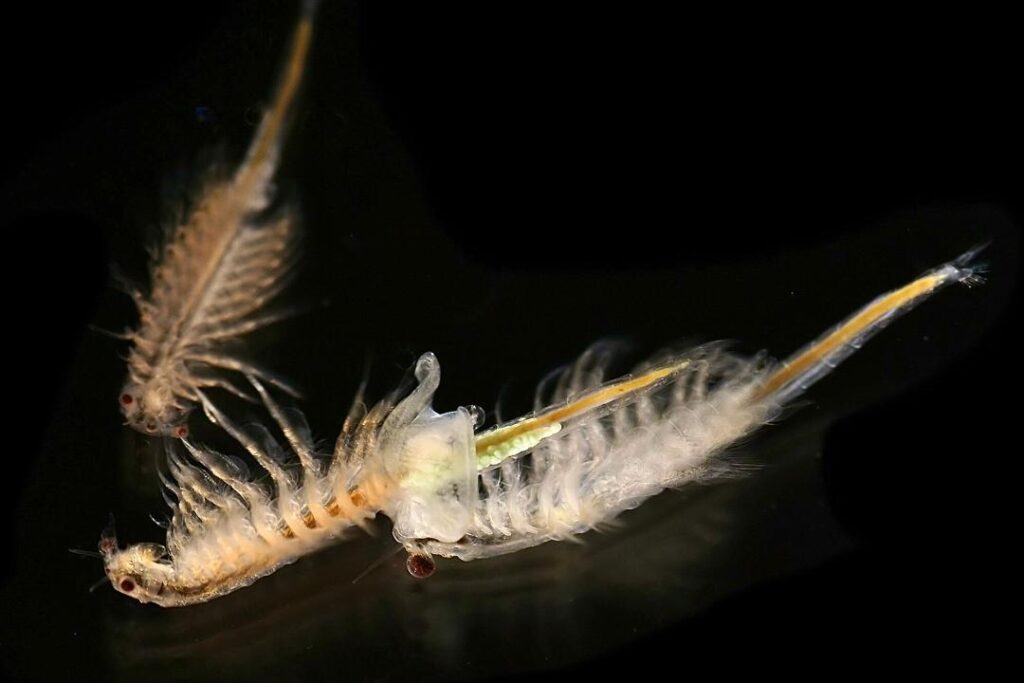
Brine shrimp thrive in hypersaline environments, tolerating extreme salt concentrations that would be lethal to most other aquatic life. Their remarkable ability to survive in these conditions is complemented by their eggs’ capacity for extended dormancy, known as cryptobiosis. This adaptation allows them to withstand harsh conditions and revive when environments become favorable, showcasing their incredible resilience and adaptability.
15. Lichen

Lichens are symbiotic organisms composed of fungi and algae or cyanobacteria, enabling them to thrive in extreme environments, from bare rock to arctic tundra and polluted areas. Through their combined efforts, lichens break down stone, contributing to soil formation and paving the way for other life to establish itself. As ecological pioneers, lichens play a vital role in shaping and sustaining ecosystems.
16. Red Flat Bark Beetle

This beetle, is also known as the Arctic beetle (specifically Cucujus clavipes), has adapted to extreme cold environments. By producing antifreeze proteins and sugars, it prevents ice crystal formation within its body, allowing it to survive temperatures as low as -150°C (-238°F). Spending most of its life frozen, it thaws briefly during the Arctic summer to feed and reproduce.
17. Deep-Sea Anglerfish

Anglerfish have evolved remarkable adaptations to thrive in the deep sea. Their bioluminescent lures on top of their heads attract prey in the dark, while their flexible bodies withstand crushing pressure. The unique reproductive strategy of some anglerfish species, where males fuse to females, ensures successful mating in the vast, food-scarce environment.
18. Weddell Seal
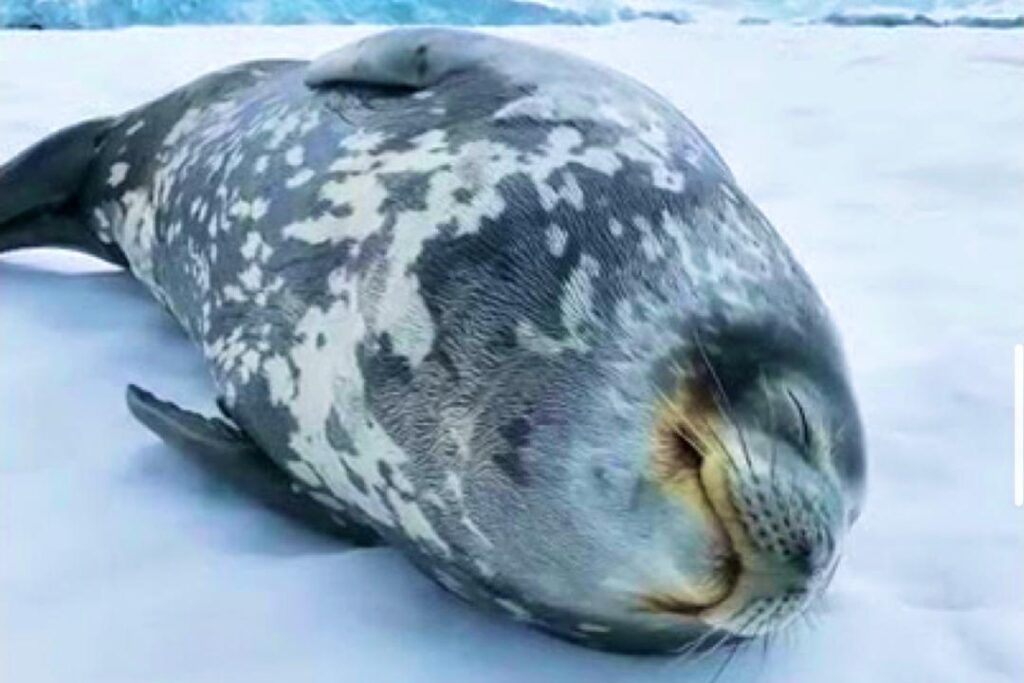
Weddell seals can dive over 600 meters (2,000 feet) beneath Antarctic ice, holding their breath for more than an hour. Their blood contains a high concentration of oxygen-storing proteins, allowing them to conserve oxygen during long dives. By slowing their heart rates and reducing blood flow to non-essential organs, they conserve energy and extend their underwater stays. These remarkable adaptations enable them to hunt and thrive in one of the most extreme ecosystems on Earth.
19. Giant Tube Worm

Giant tube worms (Riftia pachyptila) thrive near hydrothermal vents, where superheated water rich in toxic chemicals would be lethal to most life. Through a symbiotic relationship with bacteria that live inside their tissues, they harness chemical energy, converting it into nutrients. Having no mouth or digestive system, these worms exemplify the incredible adaptability of life, exploiting one of the most inhospitable environments on Earth
20. Black Smoker Shrimp

Vent shrimp are a great example of extremophiles. These shrimp gather around deep-sea vents, feeding on bacteria that thrive in superheated, mineral-rich water. Their adaptations allow them to survive where sunlight never reaches.
21. Kangaroo Rat
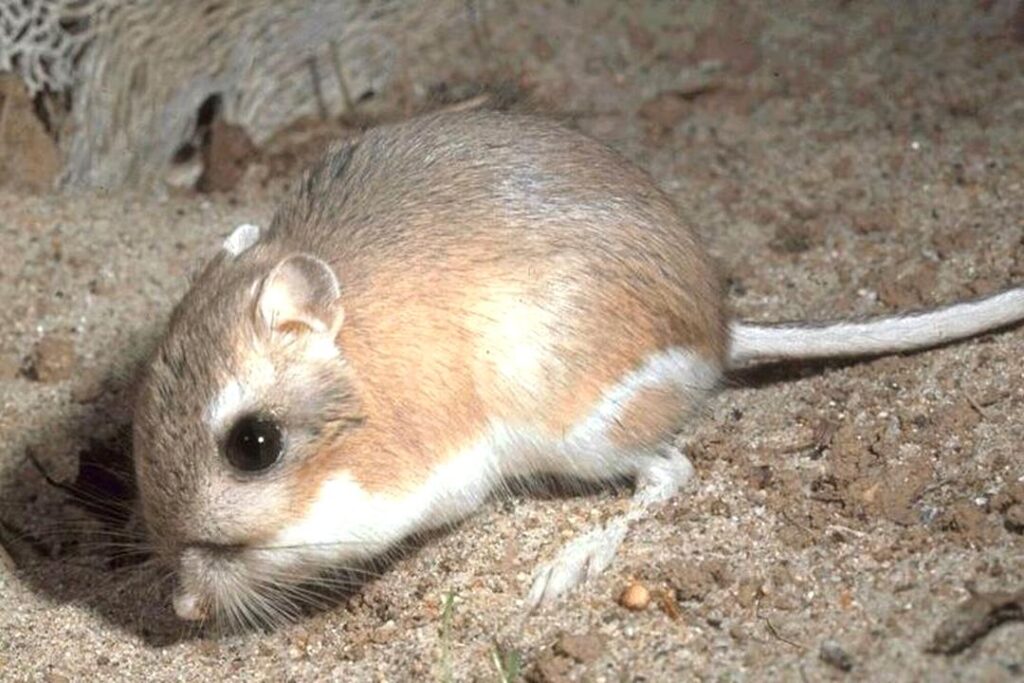
Kangaroo rats have clever adaptations to conserve water in the desert. They obtain moisture from the seeds and plants they eat, eliminating the need to drink water. Their highly efficient kidneys minimize water loss through concentrated urine, and they even metabolize fat to produce water internally.
22. Snow Algae

Snow algae are microscopic plants that bloom on polar and alpine snowfields, coloring them vibrant hues. These hardy organisms produce protective pigments like astaxanthin, shielding them from intense UV radiation and cold temperatures.
23. Naked Mole Rat

Naked mole rats are fascinating creatures with unique adaptations. Their ability to survive in low-oxygen environments is due to specialized physiology, including efficient oxygen use and tolerance of high carbon dioxide levels. They’re also resistant to certain types of cancer and pain insensitivity, making them interesting subjects for scientific research. Their eusocial behavior, similar to that of ants and bees, is rare among mammals, with a single dominant queen leading the colony.
24. Scaly-Foot Gastropod
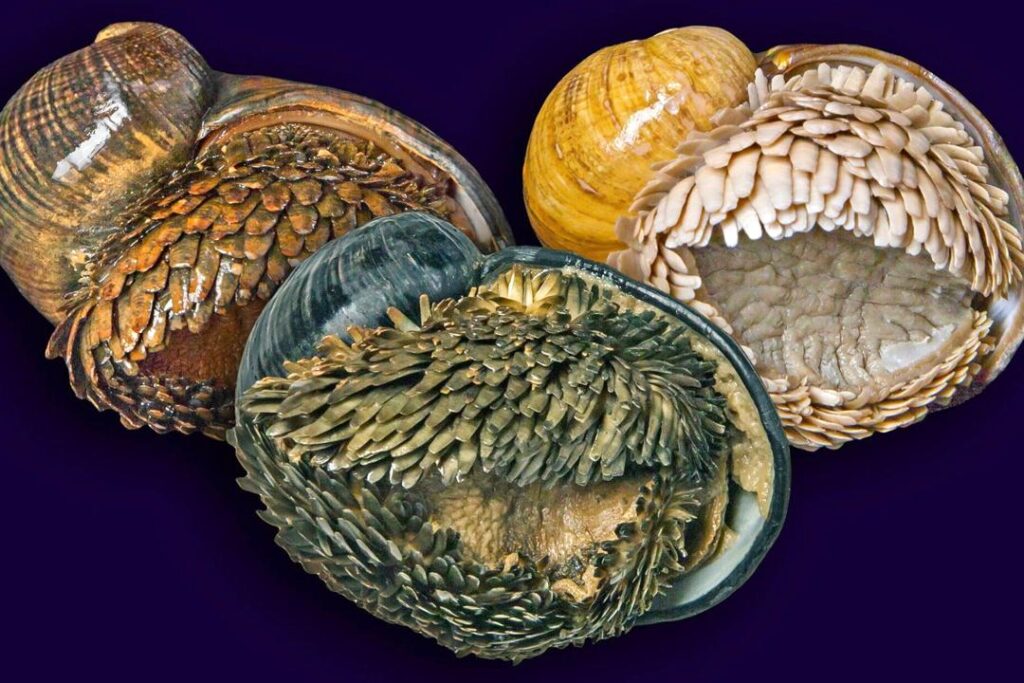
The deep-sea snail, Chrysomallon squamiferum, also known as the scaly-foot snail or “pangolin of the sea,” possesses a unique armor of iron sulfide scales on its foot. This is the only known animal to build its skeleton with iron sulfide, making it a fascinating example of adaptation to deep-sea hydrothermal vents.
25. Himalayan Jumping Spider

The jumping spiders of the genus Euophrys omnisuperstes are found at elevations above 6,700 meters (22,000 feet), these spiders hunt insects blown up from lower altitudes. They’ve adapted to thin air and freezing temperatures, making them the highest-dwelling predators.
26. Arctic Woolly Bear Moth
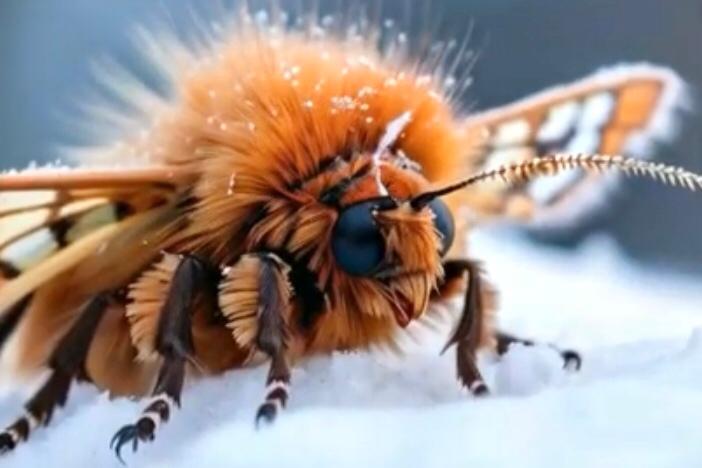
This moth spends up to seven years as a caterpillar, freezing solid each winter and thawing in the summer.Its unique life cycle, withstanding freezing temperatures and thawing out each summer, allows it to survive in the harsh Arctic conditions. This remarkable resilience highlights the incredible diversity of life on our planet.
27. Extremophile Archaea

Archaea are single-celled organisms that thrive in boiling springs, acidic pools, and salt flats. Their unique cell membranes and enzymes play a vital role in various ecosystems, contributing to processes like methane production and nitrogen cycling.
28. Mangrove Killifish

The Mangrove Rivulus (Kryptolebias marmoratus) is a remarkable fish. Its ability to breathe through its skin and survive out of water for extended periods allows it to thrive in dynamic environments like mangrove forests. It is also tolerant to both salt and freshwater, and can adapt to varying conditions, making it an extraordinary example of resilience in the animal kingdom
29. Sandfish Skink
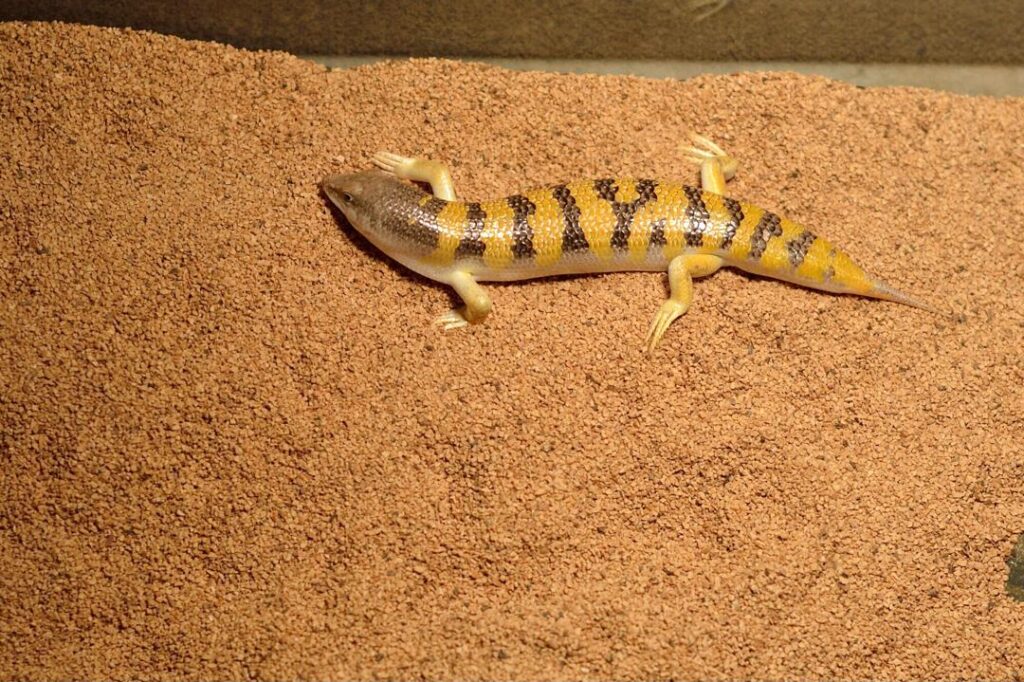
The sandfish skink (Scincus scincus) has a remarkable adaptation, using its sleek body to “swim” through sand. This unique movement helps it avoid the harsh desert surface, regulating its temperature and evading predators. Its ability to navigate the sandy dunes showcases the incredible diversity of survival strategies in desert ecosystems.
30. Rotifers

Rotifers are microscopic animals that can dry out completely and spring back to life when rehydrated. This cryptobiosis lets them survive droughts, freezing, and even space. This unique ability where they desiccate and suspend their metabolism, also allows them to withstand these and other extreme conditions.
31. Lake Natron Flamingos

Lake Natron’s extreme alkalinity makes it a challenging environment for most living things. Yet, lesser flamingos have adapted to this unique ecosystem, feeding on the abundant cyanobacteria and algae. Their specialized physiology allows them to filter-feed in these harsh conditions, making them one of the most iconic and resilient bird species in Africa.
32. Ice Worms

Ice worms are one of the few animals that live their entire lives in glacial ice. They feed on algae and bacteria, staying active at temperatures just below freezing. Their ability to survive and feed on microbial life within glacial ice showcases their remarkable adaptation to cold temperatures.
33. Saharan Cheetah

Saharan cheetahs are leaner and paler than their savanna cousins, a measure of adaptation to hunt in the extreme heat and sparse cover of the desert. Their elusive nature helps them avoid both predators and the midday sun.
34. Deep-Sea Hatchetfish

These fish are masters of disguise. They have silvery, reflective bodies that make them nearly invisible in the deep ocean. Their bioluminescent organs help them blend in with faint light from above, hiding from predators.
35. Albatross

Albatrosses spend months at sea, gliding on wind currents and drinking seawater. Their tubular nostrils filter out salt, letting them thrive in the open ocean’s harsh environment. This adaptation is crucial for their long-term flights over the sea.
36. Antarctic Krill

Krill are the foundation of the Antarctic food web, surviving freezing waters by feeding on algae that grow beneath sea ice. Their ability to form massive swarms makes them a key resource for whales and seals.
37. Gobi Desert Jerboa

This tiny rodent avoids the desert heat by being nocturnal and burrowing deep underground. Its long legs let it hop quickly across the sand, helping it escaping predators and searching for seeds.
38. Leafcutter Ants

Leafcutter ants farm fungus underground using the leaf fragments they cut and carry. Their colonies thrive in both humid rainforests and dry savannas, showing great adaptability to changing environments.
39. Blue Dragon Sea Slug

The blue dragon floats on the ocean’s surface, feeding on venomous jellyfish and storing their stingers for its own defense. Its striking blue color camouflages it against the water, protecting it from predators above and below.
40. Himalayan Yak

Yaks are built for the thin air and freezing temperatures of the Himalayas, with dense fur and large lungs. They provide food, milk, and transport for people living in some of the world’s harshest mountain regions.
The natural world is full of surprises, and these forty species are living proof that life can flourish in places we’d never expect. Their stories remind us that adaptation is the key to survival, and that even in the most unforgiving corners of the planet, resilience finds a way. If you found these tales of survival inspiring, share this list with fellow nature lovers and let’s keep exploring the wonders of our wild world together!


